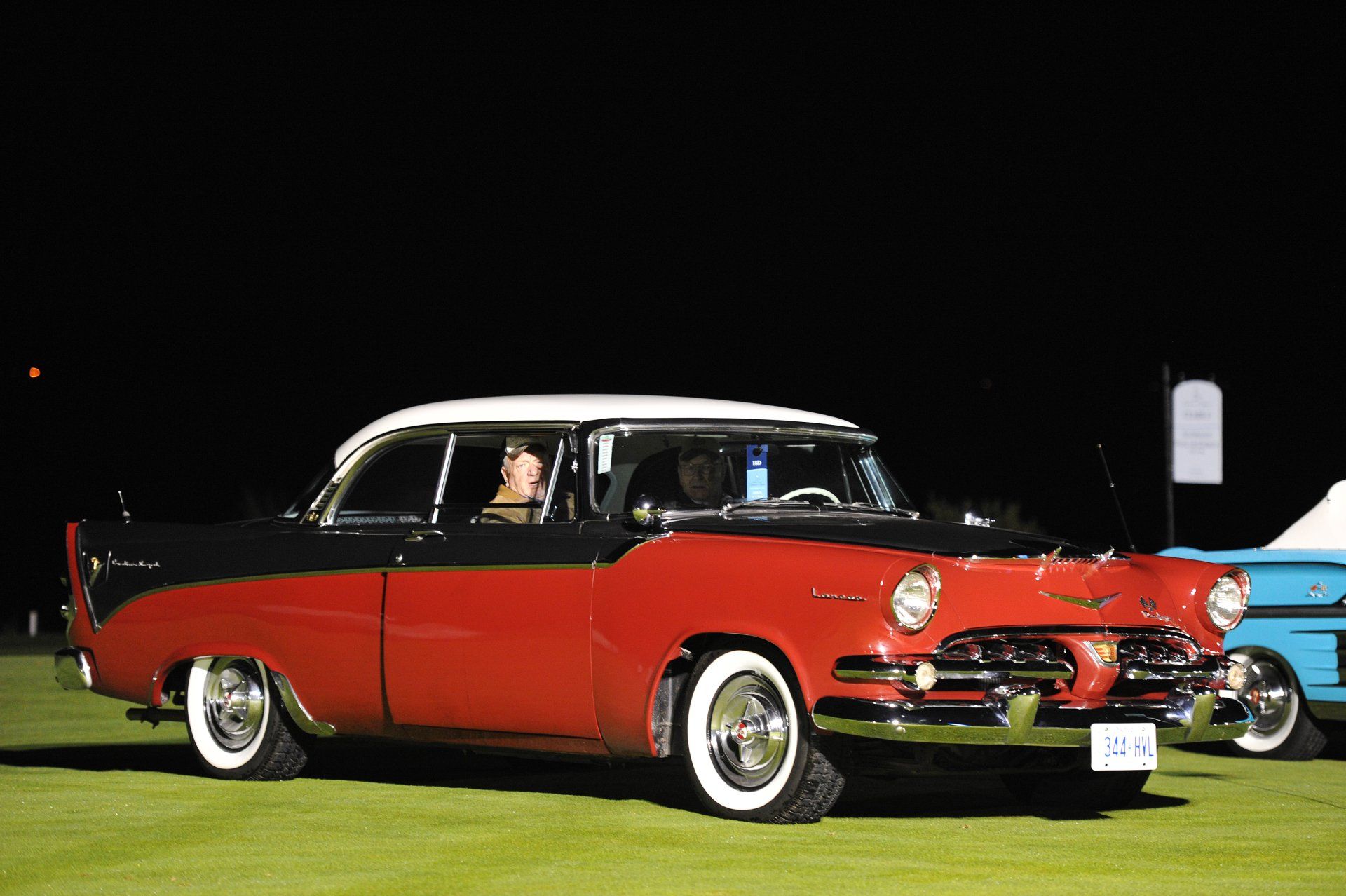THE DISRUPTORS OF THE AUTOMOTIVE INDUSTRY
- By Canadian International AutoShow
- •
- 29 Jan, 2020
- •
Cobble Beach Classics at the Canadian International AutoShow celebrates the historic vehicles that made a difference
TORONTO, Ont. — Some of the most classic, rare — and valuable — cars to be found at the Canadian International AutoShow will be in Cobble Beach Classics.
Previously known as Art and the Automobile, Cobble Beach Classics is consistently among the anticipated features of the AutoShow. Presented in partnership with Cobble Beach Concours d’Elegance — a show of elegant and rarely seen automobiles, often viewed as art,held each September on the shores of Georgian Bay — this year’s exhibit will feature 15 cars from throughout the 20thcentury, all beautifully and painstakingly restored.
“Each of these beautiful cars can be considered a disruptor in the automotive industry,” says Rob McLeese, Founder and Show Chair of Cobble Beach Concours d’Elegance. “They changed the game when they were introduced with new technologies or styles. They made a difference, and turned things in a new direction.”
Among The Disruptors being featured in Cobble Beach Classics are:
- 1912 Rolls Royce Silver Ghost — The car that proved the durability and reliability of the automobile when this model completed a 15,000-mile durability run. The Rolls Royce Sliver Ghost established the “Best Car in the World” reputation. The model that will be at the AutoShow has an enclosed body, a rarity in cars that pre-date World War One. (Owned – Canadian Automotive Museum).
- 1934 Bugatti Type 57 Atalante Coupe — Only 17 Atalante models of the iconic Bugatti Type 57 were ever made. Unlike other Type 57s, it had a single-piece windscreen and lacked the distinctive fin that ran down the middle of the roof. (Owned -Stahl’s Automotive Collection).
- 1938 Delahaye 135M Coupe — A unique model with Swedish bodywork, the Delahaye 135 marked the company’s turn to producing more sporty vehicles. This car won Best of Show at the 2018 Cobble Beach Concours d’Elegance show. (Owned – Robert S. Jepson Jr.)
- 1953 Oldsmobile Fiesta — Tabbed a “Dream Car” during its one and only production year, the Oldsmobile Fiesta was one of the first vehicles to feature the wrap-around windshield that defined ’50s automotive styling. (Owned – Brent Erickson)
- 1959 Chevrolet Corvette Stingray Concept — Designed by Pete Brock, the concept for the Stingray set the tone for the styling of General Motors’ vehicles for years to come. (Owned -GM Heritage Collection).
- 1963 Shelby Cobra 289 – A factory original 289 Team Car, the Shelby Cobra 289 is considered a legend. No amenities — it was just pure power on the road. Many consider this to be the best American sports car ever built. (Owned – Legendary Motorcar Company)
Similar to last year’s ICONS installation, a commemorative poster has been painted by Canadian artist Jay Koka to celebrate The Disruptors. The poster features the 1934 Bugatti Type 57 Atalante Coupe parked in front of Toronto’s Massey Hall, with the exclusive Bugatti La Voiture Noire — which is making its Canadian premiere at the 2020 AutoShow — in the background. Prints of The Disruptors will be available for sale in the Cobble Beach Classics room at the AutoShow.
Cobble Beach Classics will host special docent tours of its 2020 exhibit for accredited media on Thursday, February 13th, 2020, following the formal Media Day Preview Tour. More details will be available once the Media Day schedule is finalized. Accredited media interested in attending one of the tours can contact media@autoshow.ca or concours@cobblebeach.com to reserve a spot. Media accreditation to the 2020 AutoShow is now online and can be requested at autoshow.ca/media-registration.
Cobble Beach Classics, presented by Hagerty Insurance, will be showcased in the 700-level gallery room in the South Building of the Metro Toronto Convention Centre.
For more information or to buy tickets to the 2020 AutoShow, please visit autoshow.ca.
Stay connected with the Canadian International AutoShow on Instagram @cdnintlautoshow, Twitter @autoshowcanada and Facebook /autoshowcanada.
About the Canadian International AutoShow, presented by The Toronto Star and wheels.ca
With more than 650,000 square feet of exhibits, displays and attractions at the Metro Toronto Convention Centre and annual attendance of 360,000, the Canadian International AutoShow is not only the largest automotive expo in Canada, it is also the country’s largest consumer show — a leader in lifestyle, technology and all things automotive. It boasts more than 1,000 cars, trucks, SUVs, concept cars, exotics, classics, muscle cars, fully electric and autonomous vehicles each year.
— 30 —
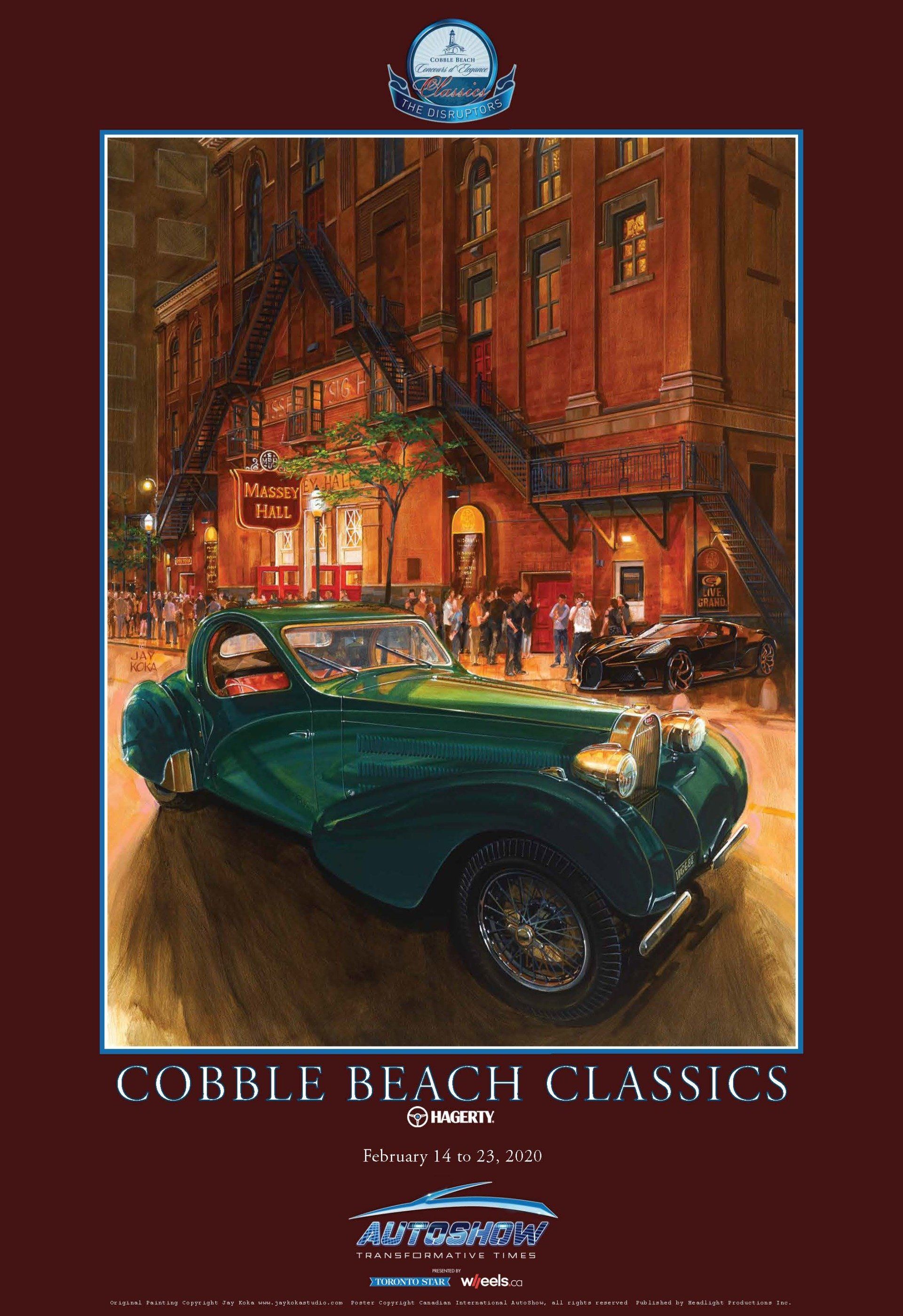
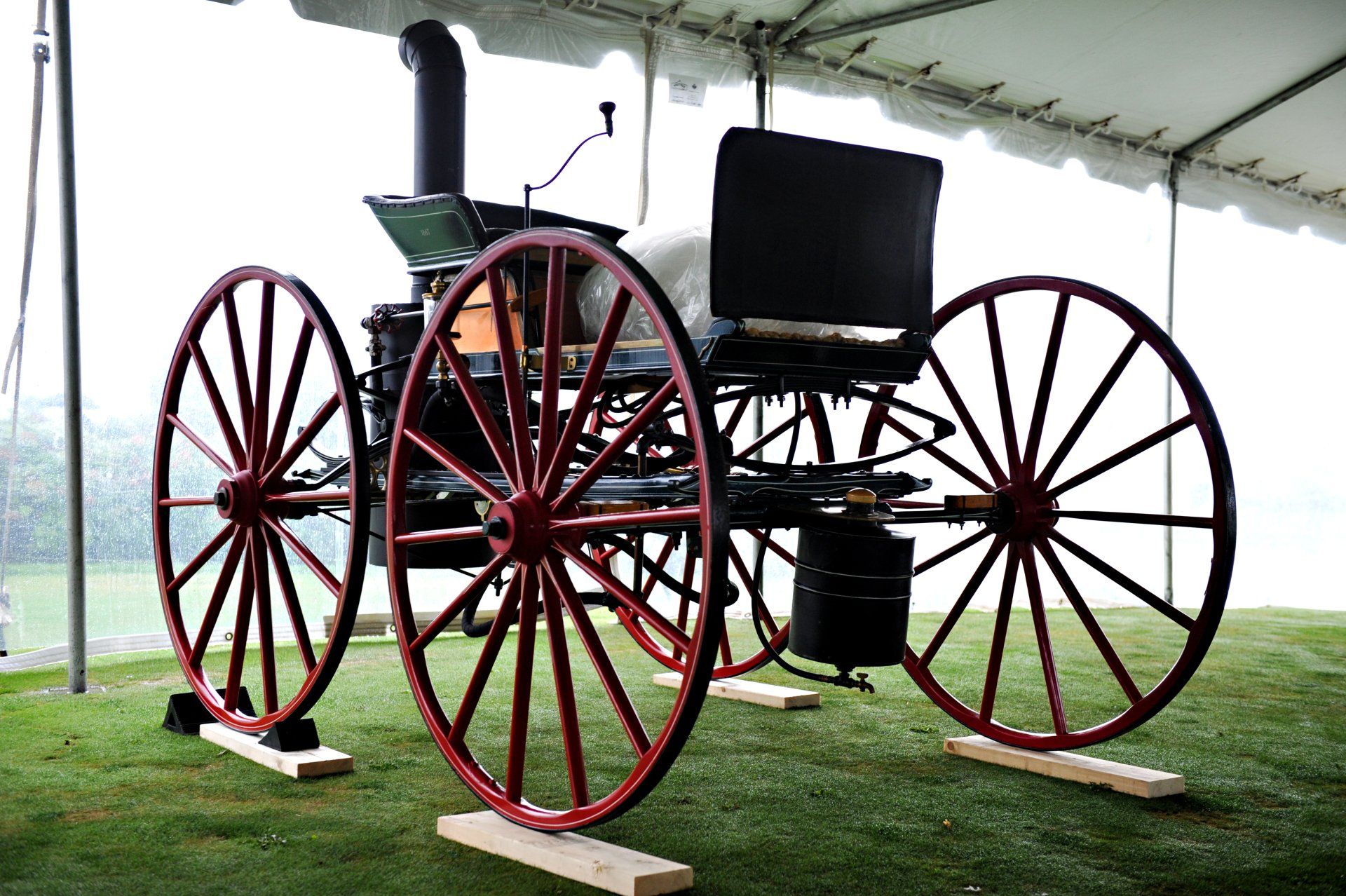
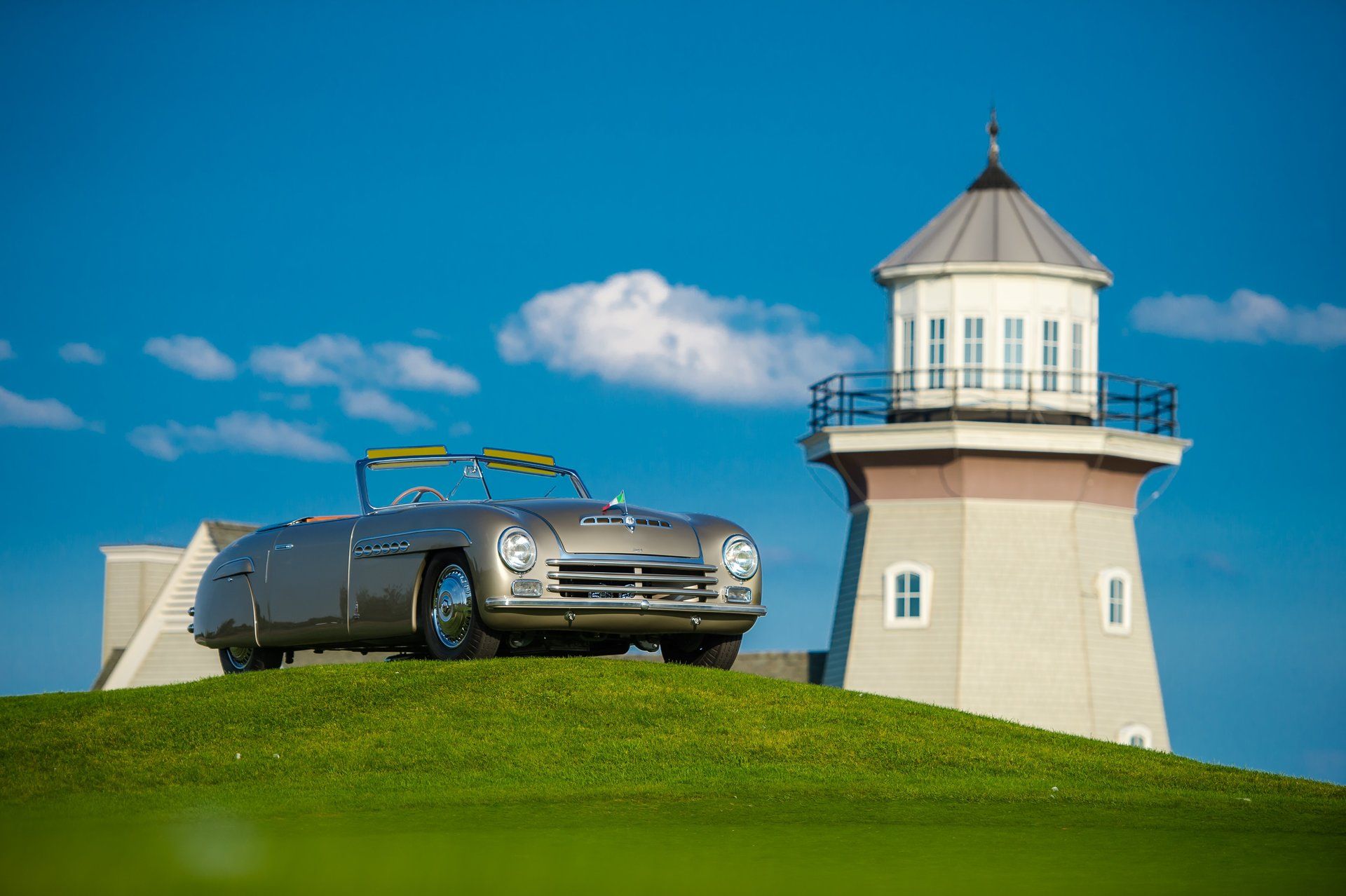
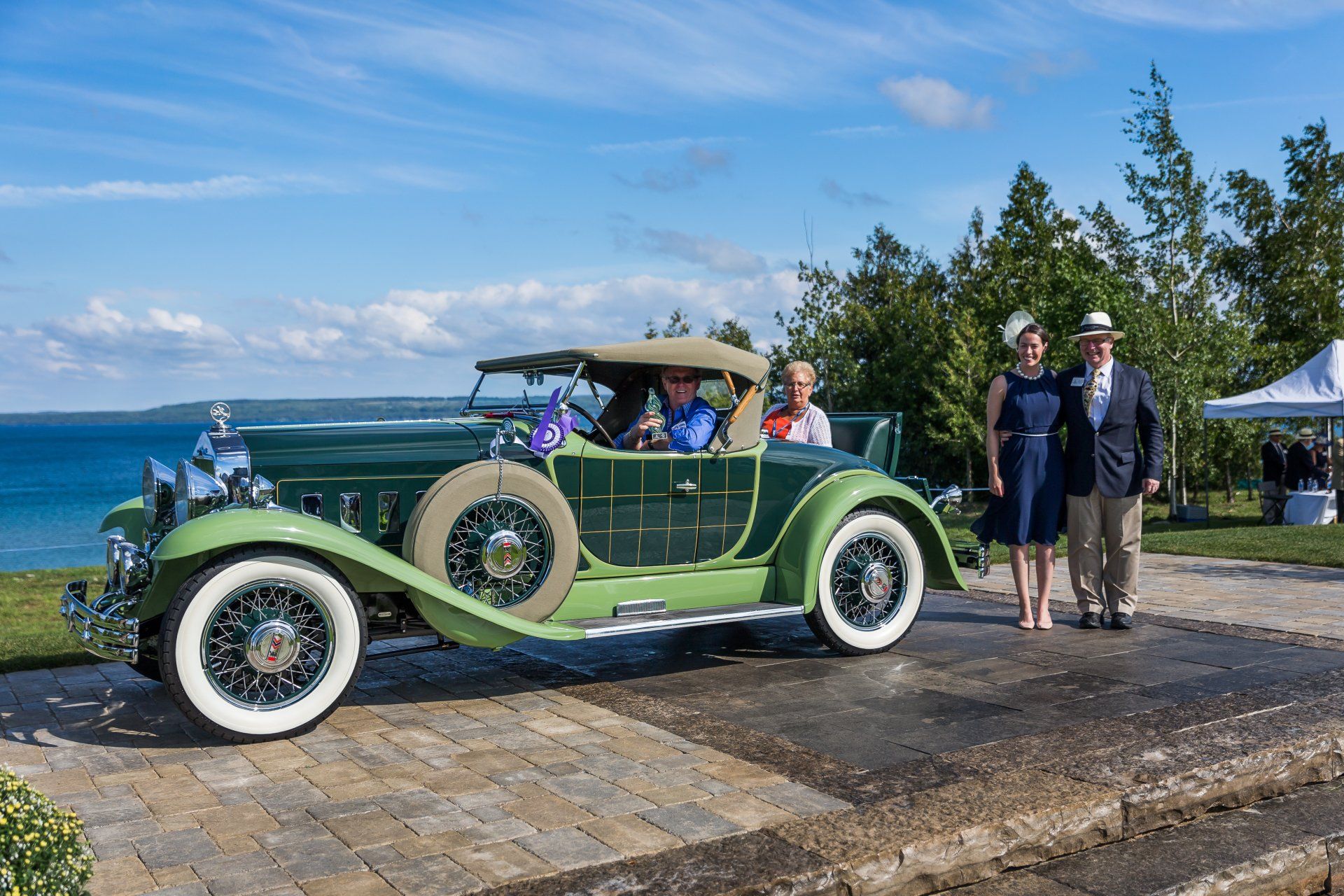
In 1913, the Willys-Overland was the number two selling automobile in America, just behind Ford. That same year, John North Willys was told by his doctor that he had to take a break from working so hard and suggested he should either go abroad or to a sanitarium. Willys chose Europe. While there, he met Charles Yale Knight. Knight had invented an engine with sleeve valves rather than the usual poppet valves. Willy was not a mechanic or an engineer by any means, but he saw the novelty of the sleeve valve and its promotional possibilities. The sleeve valves were much quieter in operation, but they had the propensity to burn more oil. Ultimately, the poppet valves won out, and beginning in 1914, Willys-Overland produced more Knight-engine cars than virtually all other manufacturers in the world combined. It is believed that this car was introduced at the 1929 New York Automobile Show. It was styled by designer Amos Northup, who was better known for styling the handsome Reo Royale. It was Northup who gave the car its disinvited grid work on the doors, which the New York press labelled “Plaidside,” and the name stuck. Some 400 of the cars were produced, and only 250 had Plaidside. All with bodywork by Griswold of Detroit. An exhaustive restoration was completed in October 2012, prior to the car debuting at the AACA Fall Meet in Hershey, where it received its First Junior Award. It has gone on to win several prestigious awards including the AACA President’s Cup, one of the organisation’s most prestigious national honours, Best American Open Car at The Elegance at Hershey, Best in Class at the Hilton Head Concours and Best in Class and the Founder’s Trophy at the Ault Park Concours.

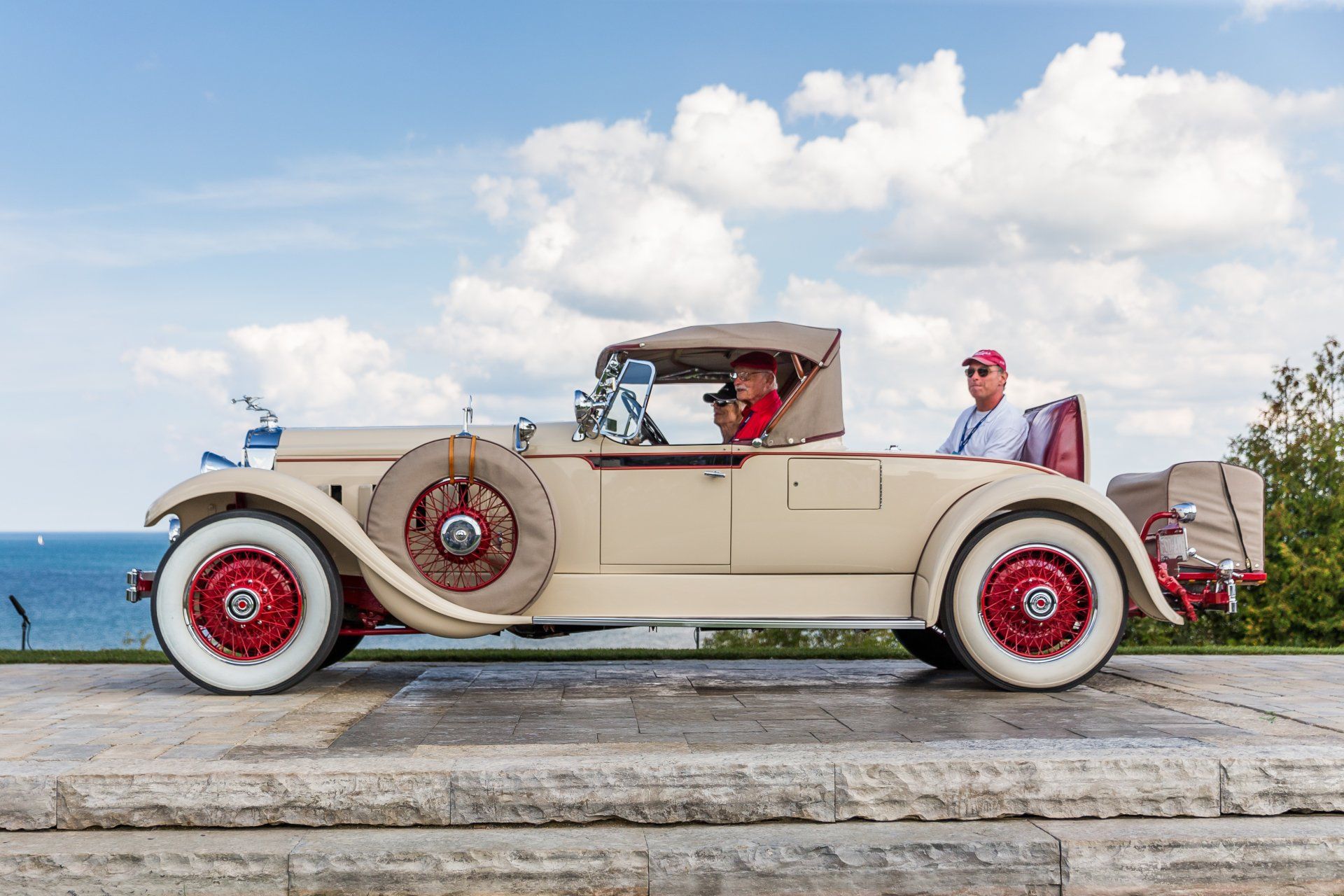
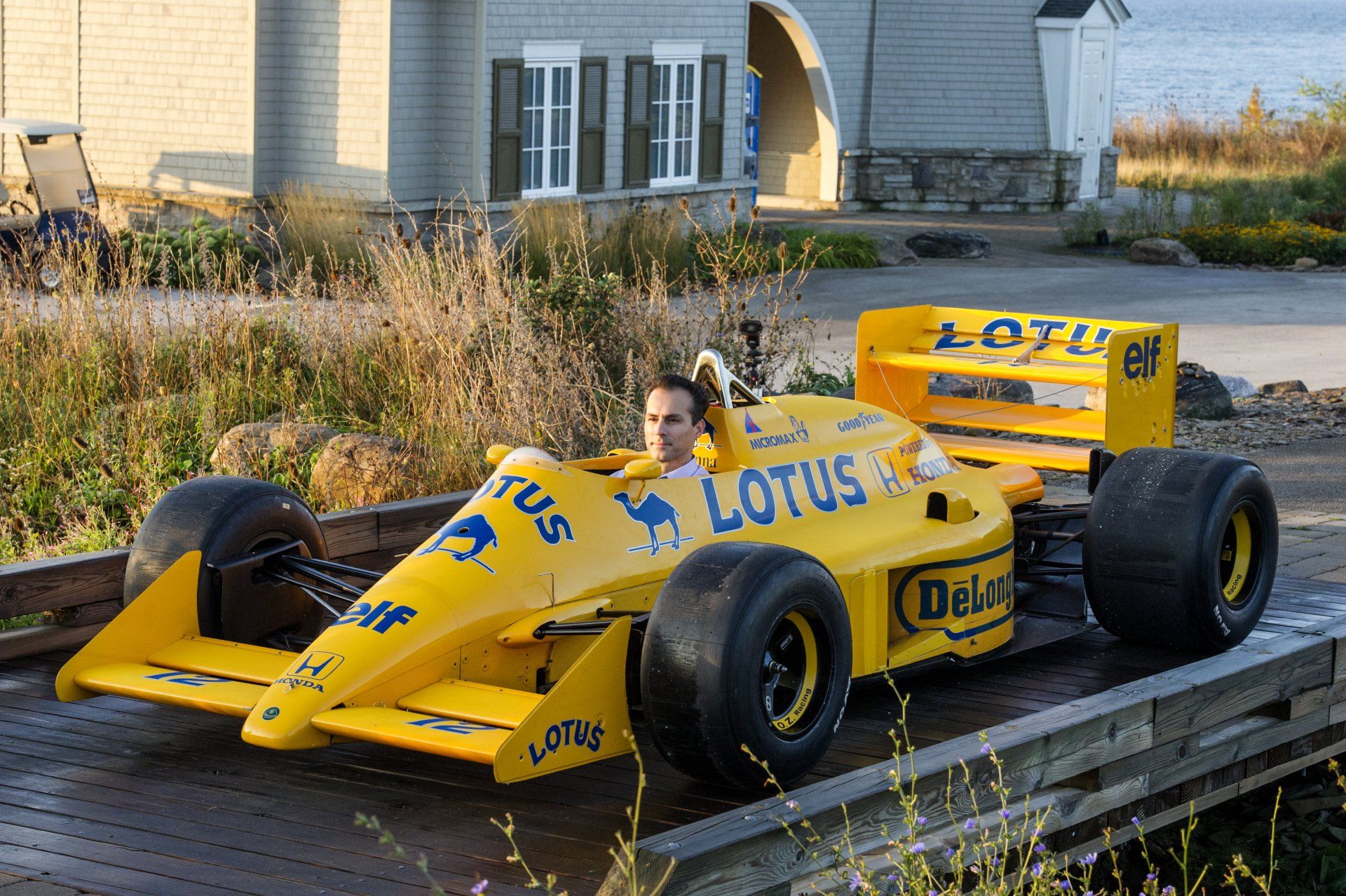
On May 1st, 1994, at 12:17 PM, while leading
the Formula 1 Grand Prix in San Marino against the likes of Michael Schumacher
and Damon Hill, the life of Ayrton Senna, arguably the greatest F1 driver in
history, ended suddenly after his 1994 Williams FW16 crashed into a concrete
wall.
His tragic death shocked not only the racing world, but the world at large, and
especially his native Brazil, where he was hailed as a national hero. Senna’s
climb to F1 legendary status commenced in 1984, when he was recruited as a
rookie driver with Tolman-Hart, and the following year, on April 21th, 1985, he
won his first F1 race in Portugal, under his new sponsor Lotus-Renault. He
subsequently went on to capture three F1 Championship titles in 1988, 1990, and
1991. 1987 was a pivotal year for both Senna and the Lotus F1 team. Lotus had joined
forces with Honda, and working with designer Gerard Ducarouge created the 99T,
regarded as amongst the best-handling F1 cars in existence– given its revolutionary Lotus Active Suspension – as well as one of the fastest cars on
the F1 circuit, especially in the hands of Senna. The car was capable of
achieving speeds of 340 km/h with its Honda Twin-Turbo V-6 engine, which put
out a maximum 800 brake horsepower. The Camel sponsorship livery was also new in
1987, featuring the legendary race car in bright Lotus yellow with rich blue
lettering. Only six examples of the 99T were created for the 1987 F1 season,
which marked the last time that a Lotus achieved an F1 podium finish. In fact,
the 99T won at both Monaco and Detroit, and achieved another six podium finishes
that year, a feat never to be repeated thereafter in F1 by a Lotus. Senna and
Lotus achieved a third place finish in the World Drivers’ Championship and the
Constructors’ Championship for 1987, which represented the best performance for
Senna in his racing career to that point, and paved the way to his 1988 F1 World



